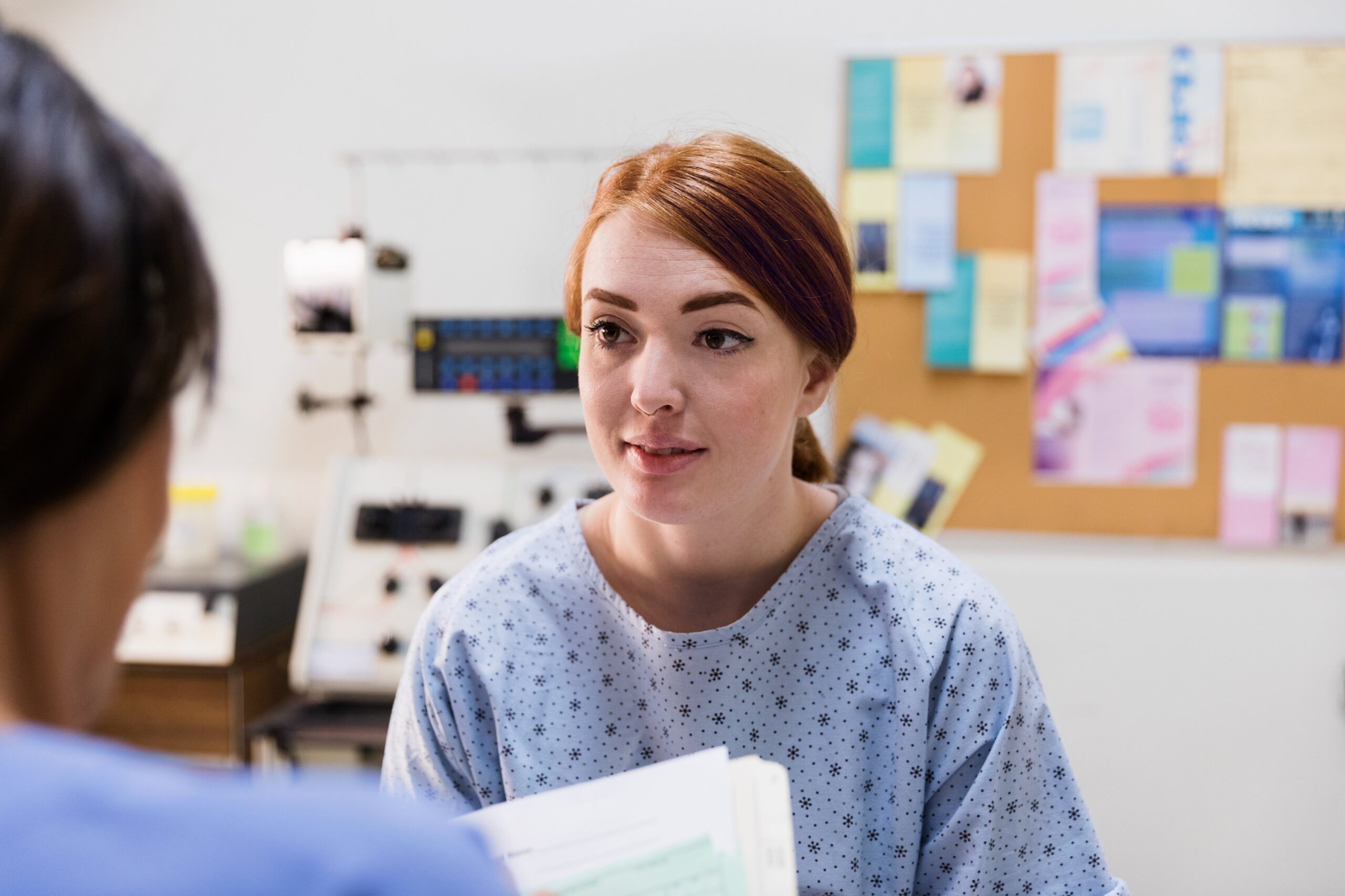At first the headlines sounded promising: “Fewer people get sexually transmitted diseases (STDs) in 2020.” However, upon further review, the research reveals that it’s not necessarily that fewer people were getting STDs—it’s that fewer people were getting tested. The COVID-19 pandemic impacted routine sexually transmitted infection services, resulting in a decline in testing and potential missed cases.
With more than 9 million women in the United States diagnosed with an STD each year and with STDs resulting in more serious health problems in women than men, having information about preventing and treating STDs is critical for protecting your health and the health of others.
The Importance of Testing
Not only is testing essential for getting a “big picture” understanding of how many people have STDs and need treatment, but left untreated, infections can lead to serious and permanent health problems. There are more than 25 STDs that have no symptoms – and the quickest way to spread STDs is to be unaware you have one.
Preparing for Your Health Care Visit
While sex can be an uncomfortable topic to discuss, having a conversation with your health care provider, such as a primary health care provider or OB-GYN, can help ensure that you get the right testing. To prepare and empower yourself for your health care visit, review and be prepared to share responses to the following questions:
- Do you have any history with sexually transmitted diseases?
- Do you have more than one partner?
- Does your partner have more than one partner?
*If yes to the two questions above, your doctor will need to understand the type of sex, e.g., what parts of your body and your partner’s body are involved in sex? - What are the genders of other partners?
- Do you protect yourself and your partners during sex?
- Are you planning to get pregnant soon?
- Do you or does your partner(s) use injectable drugs?
All of these responses will help your provider assess your risk for different types of STDs.
What Tests Should I Get?
Testing will vary depending on your age, risk, sexual activity and type of sexually transmitted disease. The Centers for Disease Control and Prevention (CDC) STD screening recommendations outline when testing makes sense for syphilis, HIV, hepatitis B, hepatitis C, chlamydia, and gonorrhea:
- All adults and adolescents from ages 13 to 64 should be tested at least once for HIV.
- All sexually active women younger than 25 years should be tested for gonorrhea and chlamydia every year. Women 25 years and older with risk factors such as new or multiple sex partners or a sex partner who has an STD should also be tested for gonorrhea and chlamydia every year.
- Everyone who is pregnant should be tested for syphilis, HIV, hepatitis B, and hepatitis C starting early in pregnancy. Those at risk for infection should also be tested for chlamydia and gonorrhea starting early in pregnancy. Repeat testing may be needed in some cases.
- All sexually active gay, bisexual, and other men who have sex with men should be tested:
- At least once a year for syphilis, chlamydia, and gonorrhea. Those who have multiple or anonymous partners should be tested more frequently (e.g., every 3 to 6 months).
- At least once a year for HIV and may benefit from more frequent HIV testing (e.g., every 3 to 6 months).
- At least once a year for hepatitis C, if living with HIV.
- Anyone who engages in sexual behaviors that could place them at risk for infection or shares injection drug equipment should get tested for HIV at least once a year.
- People who have had oral or anal sex should talk with their healthcare provider about throat and rectal testing options.
The American Cancer Society also has recommendations on testing for HPV, which is the primary cause of cervical cancer.
- The primary HPV test is the preferred way to screen for cervical cancers or pre-cancers in individuals 25 to 65 years with a cervix.
- A Pap test is used to find cell changes or abnormal cells in the cervix.
Steps After a Diagnosis
If you receive a positive diagnosis for an STD, talk to your health care provider about your options. According to the CDC, the three most important steps you can take following a diagnosis are: 1) get treated, 2) tell your partner, and 3) get retested.
While STDs are common, they are largely preventable and all treatable. Empowering yourself with tools and information related to STDs—including prevention and testing measures—will help minimize the long-term consequences of STDs. For more resources and information, visit the CDC and the U.S. Department of Health and Human Services Office of Women’s Health websites.
